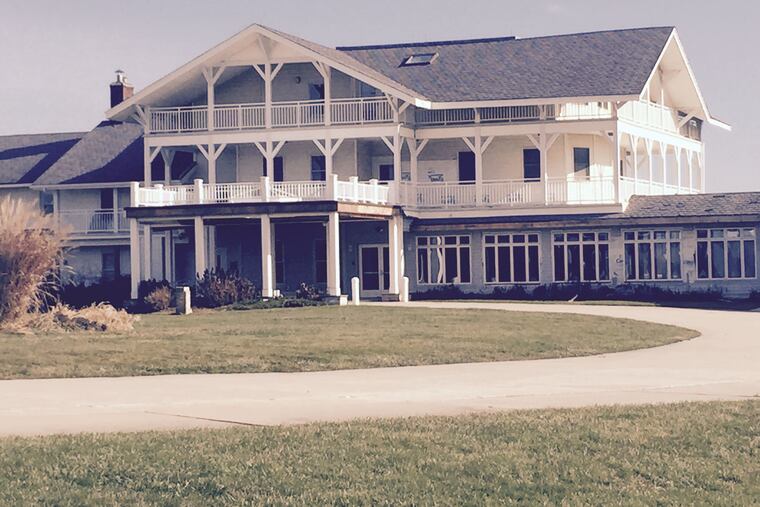The Jersey Shore retreat pivotal in St. Katharine Drexel’s decision to enter religious life faces demolition
The Stella Maris Retreat Center in Long Branch, N,J,, once a Gilded-Age shore retreat for the One Percent, faces demolition.

The Stella Maris Retreat Center in Long Branch, N,J,, once a Gilded-Age shore retreat for the One Percent, faces demolition.
